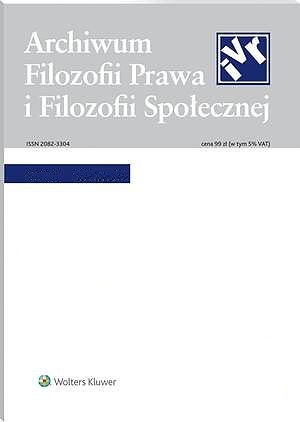Jednolitość orzecznictwa a paradygmat interpretacyjny (ze szczególnym uwzględnieniem reguły clara non sunt interpretanda)
Uniformity of judicature and paradigm of judicial interpretation (in light of clara non sunt interpretanda rule)
Author(s): Tomasz GrzybowskiSubject(s): Law, Constitution, Jurisprudence, Philosophy of Law
Published by: Stowarzyszenie Filozofii Prawa i Filozofii Społecznej – Sekcja Polska IVR
Keywords: judicial interpretation; clara non sunt interpretanda; omnia sunt interpretanda
Summary/Abstract: A subject of the article is uniformity of judicial interpretation in the context of two rules of interpretation, namely a clara non sunt interpretanda rule and an omnia sunt interpretanda rule challenging first mentioned method. The author points out that taking into consideration omnia sunt interpretanda rule, i.e. order to perform interpretation in every case, may lead to disintegration of judicial interpretation and as a consequence destabilization of judicature in general. Main thesis of the article is that institutional conceptualization of the clara non sunt interpretanda rule is an answer to this threat, because application of this rule enhances the argument from precedent in judicature. According to abovementioned version of clara non sunt interpretanda rule, legal text is considered as obvious and needs no interpretation if its meaning is certain in previous judicial interpretation, e.g. there is line of precedents or preliminary ruling. However it must be underlined that clara non sunt interpretanda rule is not unquestionable. It is a defeasible argument in judicial discourse; it only changes an argumentation burden which does not rest on the one who refers to this rule, but on the one who challenges the rule (wants to perform interpretation).
Journal: Archiwum Filozofii Prawa i Filozofii Społecznej
- Issue Year: 7/2013
- Issue No: 2
- Page Range: 25-37
- Page Count: 13
- Language: Polish

